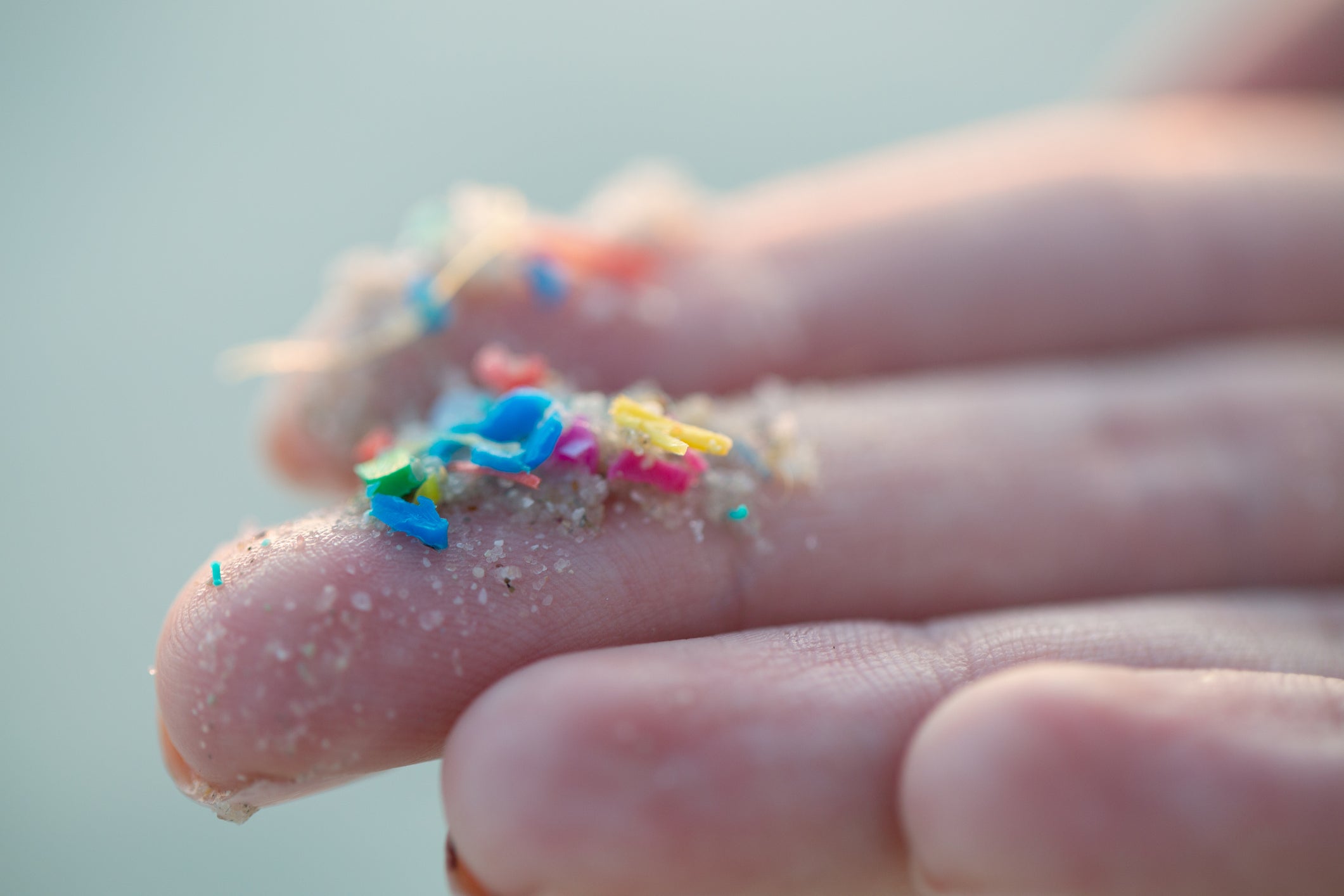
The project, led by Forum for the Future in partnership with Ramatex Group, Nanyang Environment and Water Resources Institute (NEWRI), and Universiti Teknologi Malaysia (UTM) ‘Tackling Microfibres at Source: Investigating opportunities to reduce microfibre pollution from the fashion industry through textile design and manufacturing innovation’ shares recommendations for how textile manufacturers, brands and retailers can take active steps to reduce microfibre pollution.
It presents findings from a 21-month long research and investigation process, and shares recommendations for how textile manufacturers, brands and retailers can take active steps to reduce microfibre pollution. The objective is to understand which manufacturing processes have the greatest impact on microfibre shed and lay down opportunities for industry innovation and the development of pioneering solutions that can tackle microfibre pollution.
Five key takeaways
- The importance of installing a robust wastewater treatment system. Wastewater treatment systems can reduce or eliminate microfibres from polluting the environment, and can also treat polluted water from textile manufacturing processes. In many jurisdictions, this is already a requirement for the licence to operate though implementation varies from country to country.
- The textile industry should accelerate the move away from processing in heated baths and tanks filled with water, to machinery that requires very little to no water, and significantly less energy and chemistry. This will entail machine-based technologies and innovations or a range of machine and operations-based innovations that currently exist, which present varying levels of potential for shifting the textile industry away from conventional dyeing and wet processes. Whilst chemistry solutions may be more accessible to suppliers and less disruptive to their existing setup, a shift from wet processes to dry processes involving machine-based innovations in the dyeing mill holds greater potential as a transformational solution.
- The impetus for suppliers to adopt more sustainable practices is often driven by the need to comply with their customers’ low-cost and speed demands rather than through their own agency to contribute to a more sustainable fashion industry. This hinders the shift towards a more just and regenerative industry as suppliers are not able to fully tap on their potential as change agents.
- One key reason for this apparent lack of supplier agency is the absence of collaboration between brands and their suppliers that would place risk equally between both parties. Collaborations mean that brands work with suppliers on solutions, rather than asking them to work on their own and offer a solution. To enable the success of long-term sustainable solutions that tackle microfibres at source, the industry needs to build new ways for brands and suppliers to work together.
- More research on factors that impact microfibre shed in the production stage such as yarn and material type are urgently needed to accelerate the development of solutions. Similarly, more research to understand the potential implications of microfibre ingestion on human and organism health is also critical and will help to advance greater upstream action. Policy has an important role to play in catalysing funding opportunities in these research areas.
Learnings and insights from this project will be disseminated across the fashion industry pre-competitively in order to accelerate change and support manufacturer-driven innovation in Southeast Asia. It will also highlight the role of manufacturers as changemakers that can make a positive difference to environmental issues caused by the fashion industry.
There has been increased focus on tackling microfibre waste in the fashion industry recently, with innovations like designing a solution to reduce the amount of microplastic fibres shed when washing by a team of engineering researchers at University of Toronto.
Moreover, Zara and Bershka owner Inditex teamed with chemical developer BASF in December 2022, to develop what it says is the first detergent to reduce microfibre release from textiles during washing.



